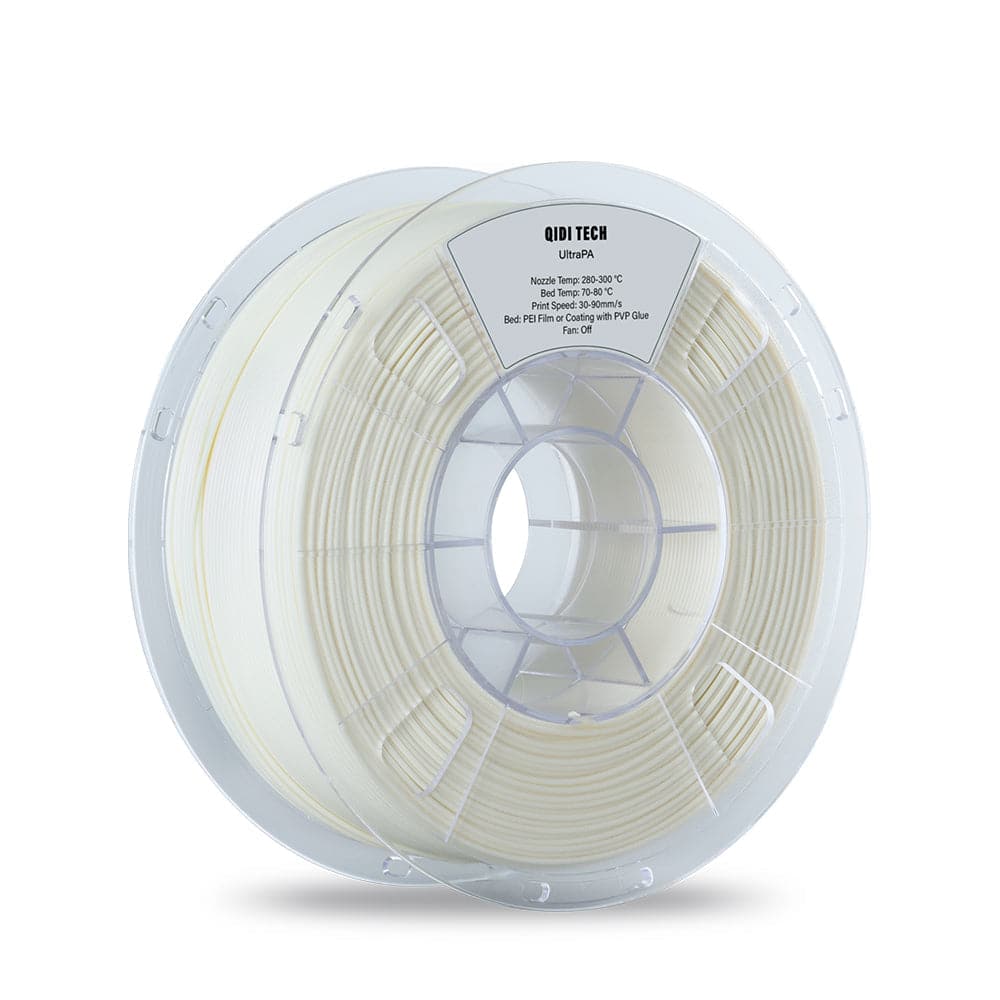Unlock Your Creativity: Discover the Secret to Perfect 3D Printing with Nylon Filament!
In recent years, 3D printing has emerged as a revolutionary technology that allows individuals and businesses to create complex objects from digital files. Among the various materials available for 3D printing, nylon filament has gained significant popularity among both hobbyists and professionals. Known for its remarkable properties, nylon filament offers exceptional durability, flexibility, and the ability to produce intricate designs that are hard to achieve with other materials. This article serves as a comprehensive guide to selecting the right nylon filament for your 3D printing projects, ensuring you can maximize your creativity and bring your ideas to life.

Understanding Nylon Filament
Nylon filament is a type of thermoplastic polymer that is widely used in 3D printing due to its unique properties. It is known for its strength, flexibility, and resistance to impact, making it an ideal choice for producing durable parts and prototypes. Nylon filament comes in different variations, including Nylon 6 and Nylon 12, each offering distinct characteristics suitable for various applications. Nylon 6, for instance, is known for its superior strength and toughness, while Nylon 12 is favored for its lower moisture absorption and better dimensional stability. Additionally, nylon filament can be blended with other materials, such as carbon fiber or glass fiber, to enhance its properties further and cater to specific project requirements.
Benefits of Using Nylon Filament for 3D Printing
The advantages of using nylon filament for 3D printing are numerous. One of the primary benefits is its impressive strength-to-weight ratio, which allows for the creation of lightweight yet durable prints. This makes nylon filament ideal for functional parts such as gears, brackets, and enclosures that need to withstand stress and wear. Furthermore, nylon's flexibility allows it to bend without breaking, making it perfect for applications that require a degree of elasticity, such as phone cases or custom-fit components. Another significant advantage is nylon's resistance to chemicals and abrasion, which contributes to the longevity of printed objects. For instance, a friend of mine recently printed a custom tool holder using nylon filament, and after months of use, it showed minimal signs of wear, proving the material's reliability in demanding environments.
Factors to Consider When Purchasing Nylon Filament
When purchasing nylon filament, several key factors should be taken into account to ensure you make the right choice for your 3D printing needs. First, consider the filament diameter, which typically comes in 1.75mm or 2.85mm sizes. It's essential to choose the diameter that is compatible with your 3D printer to avoid feeding issues. Next, explore the color options available, as nylon filament comes in a variety of hues, allowing you to select the perfect shade for your project. Additionally, it is crucial to source high-quality nylon filament from reputable suppliers. Low-quality filament can lead to inconsistent extrusion, poor adhesion, and ultimately disappointing print quality. Don't hesitate to check reviews and ask fellow 3D printing enthusiasts for recommendations to ensure you're investing in the best material for your creations.
Tips for Working with Nylon Filament
Printing with nylon filament can be incredibly rewarding, but it does come with its challenges. To achieve the best results, it's essential to pay attention to temperature settings. Nylon typically requires a higher printing temperature, often between 240°C to 260°C, depending on the specific type of filament you are using. Additionally, achieving proper bed adhesion is crucial to prevent warping during printing. Many users find success with a heated bed set to around 70°C to 100°C and using adhesion aids such as glue stick or a nylon-specific surface. After printing, post-processing options like sanding or dyeing can enhance the final finish of your printed objects. A fellow 3D printing enthusiast once shared their experience of successfully dyeing their nylon prints, resulting in stunning, vibrant colors that truly brought their designs to life. By being aware of these common challenges and implementing effective solutions, you can elevate your 3D printing experience with nylon filament.
Maximizing Your 3D Printing Potential with Nylon Filament
In summary, nylon filament is a powerful tool in the world of 3D printing that can help you unlock your creativity and achieve remarkable results. By understanding its unique properties and benefits, as well as considering key factors when purchasing, you can select the right nylon filament for your projects. Whether you're creating functional prototypes or artistic designs, experimenting with nylon filament will enhance your 3D printing experience and allow you to push the boundaries of what you can create. So, gather your materials, dive into your next project, and let your imagination soar with the incredible possibilities that nylon filament offers!








